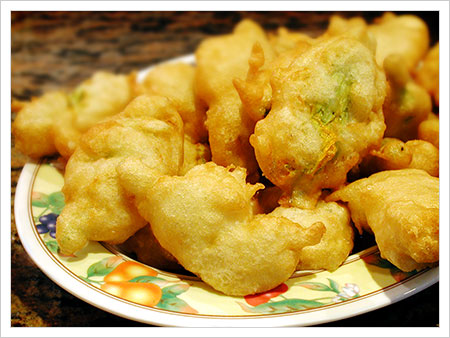Sicilian cooks bake them until the flesh has softened. Neapolitans make a pasta sauce out of black ones, tomatoes and anchovies. Bars will serve bowls of them alongside boozy drinks. Olives.
Grown from regional varietals, Italy's olives differ in color, shape and size. Some are large and emerald green. Others are peanut-sized and eggplant purple. Olives canned in the U.S. tend to taste like salt -- having been drowned in brine. Mediterranean olives, though, get cured in herbs, salt and extra virgin olive oil. You can still taste the olive.
Fried olives are a classic appetizer in central Italy. Some recipes call for stuffing the olives with grated cheese and prosciutto. Others keep things simple -- dredging them in breadcrumbs and then frizzling in hot oil.
INGREDIENTS
* 1.5 - 2 cups pitted green Mediterranean olives
* 2 eggs, whisked
* 3/4 cup of bread crumbs
* 1/4 cup of grated parmigiano or pecorino cheese
* Oil for frying -- olive or sunflower oil
Whisk the 2 eggs in a bowl until frothy. Pour the breadcrumbs into another bowl. Then, mix the 1/4 cup of grated cheese into the breadcrumbs. Dip the pitted olives in the egg and then dredge in the cheese-breadcrumb mix. Repeat this process a second time to ensure that the coating sticks to the olives during frying.
Heat 3 cups (at least) of oil over medium high heat. Use a tall and sturdy stockpot -- this will prevent the oil from splattering on your stove and give you enough depth for frying. Olive oil begins to burn at 375F. So, if you want to fry in olive oil, be sure it hovers around 350F. For frying, it is better to use a lower grade -- ahem, cheaper-- olive oil. Keep your extra virgin for another time. (For more on frying, see this New York Times piece).
Using a candy thermometer, test the oil's temperature. When it reaches 350F, it's ready. Fry the olives in batches until golden brown: 2-4 minutes per batch. Remove the fried olives to a paper towel. Serve immediately. Can you eat just one?








